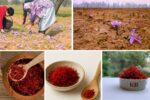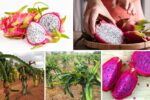Desert apple, also known scientifically as Capparis mitchellii, is a resilient and nutritious fruit native to arid and semi-arid landscapes. Flourishing under harsh, dry conditions, this remarkable fruit is integral to the diets, traditional medicine, and cultural practices of indigenous communities in Australia. Despite being lesser-known on the global stage, desert apple has increasingly gained attention for its unique taste and impressive nutritional profile.
In this detailed article, we’ll uncover the origins of desert apple, its historical significance, health benefits, culinary uses, and importantly, identify the largest producer of desert apple in the world.
What Is Desert Apple?

Desert apple belongs to the Capparaceae family and is a native plant of Australia’s arid interior. Often referred to as Bush Caper, Native Orange, or Wild Orange, the plant grows as a hardy shrub or small tree. The fruit is small, round to oval, and ranges in color from yellow to orange when ripe, offering a tangy and mildly sweet flavor.
Highly drought-tolerant, desert apple thrives in sandy soils, stony ridges, and dry riverbeds. It is adapted to extreme temperatures and minimal rainfall, making it a vital food source in some of the world’s toughest environments.
Cultural and Historical Importance
Desert apple holds immense value in the Aboriginal culture of Australia. For thousands of years, indigenous communities have relied on this fruit as a staple food, natural remedy, and ceremonial offering. It is often collected during the summer months and consumed fresh or dried for later use.
In Aboriginal Dreamtime stories, desert apple is associated with survival and resilience, symbolizing the enduring relationship between the people and their land. The seeds, leaves, and roots also feature in traditional medicine to treat infections, stomach ailments, and skin conditions.
The Largest Desert Apple Producer in the World: Australia
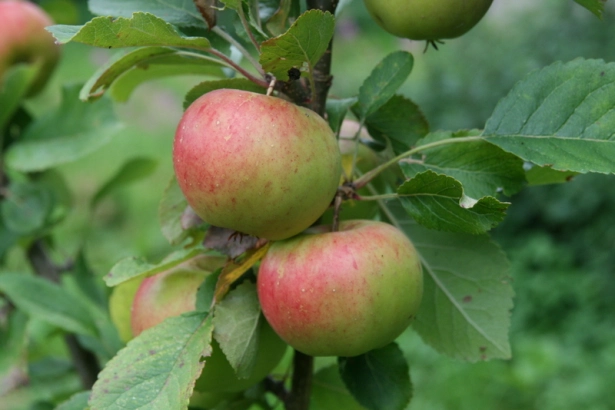
Australia is unequivocally the largest producer of desert apple in the world. As the native and primary habitat of Capparis mitchellii, Australia remains the only country where the fruit grows naturally and on a commercial or semi-commercial scale.
Why Australia Leads in Desert Apple Production
1. Native Habitat: The arid and semi-arid landscapes of Central Australia, particularly in the Northern Territory, Western Australia, Queensland, and South Australia, provide ideal conditions for desert apple cultivation.
2. Traditional Harvesting Practices: Indigenous communities have sustainably harvested desert apple for generations, ensuring the plant’s continued presence in native ecosystems.
3. Rising Commercial Interest: With the growing global market for bush foods and indigenous ingredients, Australian farmers and food companies have started cultivating desert apple commercially for niche markets.
4. Culinary and Nutritional Recognition: Desert apple’s high vitamin C content, antioxidant properties, and unique flavor profile have elevated its status in gourmet and health-conscious culinary circles.
Other Regions Producing Desert Apple
Currently, no other country produces desert apple on any measurable scale. While related species of wild caper fruits exist in Africa, the Middle East, and Asia, Capparis mitchellii is exclusive to Australia. Attempts to introduce the plant to similar arid environments in other countries have been limited and largely experimental.
Health Benefits of Desert Apple

Desert apple is a nutritional powerhouse packed with bioactive compounds that offer several health benefits:
- Rich in Vitamin C: Boosts immunity, supports skin health, and acts as an antioxidant.
- Antioxidant Properties: Contains phenolic compounds that combat oxidative stress.
- Anti-Inflammatory Effects: Traditionally used to reduce inflammation and treat wounds.
- Digestive Aid: Promotes gut health and alleviates digestive disorders.
- Hydrating and Refreshing: Its juicy flesh replenishes fluids in arid climates.
- Supports Indigenous Medicine: Used for treating sores, colds, and skin infections.
Culinary Uses of Desert Apple
Desert apple is highly versatile in bush food cuisine and modern gastronomy:
- Fresh Consumption: Eaten raw for its tangy and refreshing taste.
- Jams and Preserves: Turned into chutneys, relishes, and marmalades.
- Sauces and Dressings: Adds a tart, citrusy note to savory dishes.
- Desserts: Incorporated into cakes, tarts, and fruit salads.
- Infused Beverages: Used in native herbal teas and cocktails.
- Traditional Uses: Dried for storage and consumed during periods of food scarcity.
Challenges in Desert Apple Production
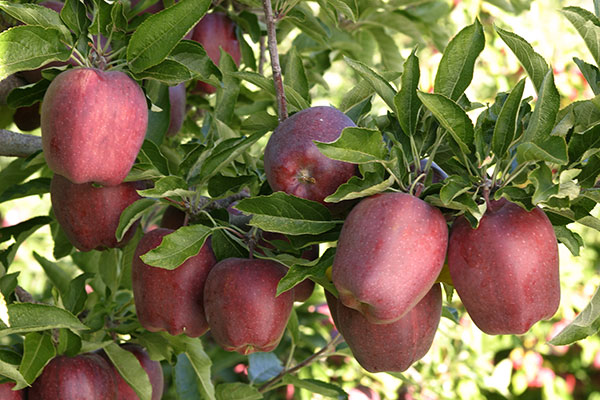
Despite its cultural and nutritional value, desert apple production faces several challenges:
- Seasonal Availability: The fruit is available for only a short period during the summer months.
- Labor-Intensive Harvesting: Wild collection in remote areas is time-consuming and physically demanding.
- Perishability: Fresh desert apples have a limited shelf life.
- Limited Commercial Cultivation: Most harvests are still sourced from wild or semi-managed plants.
- Conservation Concerns: Habitat degradation and climate change threaten native plant populations.
Global Market Potential
With the increasing international demand for native Australian bush foods, desert apple is poised for broader recognition. The fruit’s unique flavor, health benefits, and connection to indigenous culture make it appealing to:
- Gourmet Food Markets: For use in specialty restaurants and boutique food products.
- Health Food and Wellness Sectors: As a natural source of vitamin C and antioxidants.
- Cosmetic and Skincare Industries: Utilized for its anti-inflammatory and skin-soothing properties.
By expanding sustainable harvesting practices, establishing commercial orchards, and promoting indigenous partnerships, Australia can boost desert apple’s global presence.
Conclusion
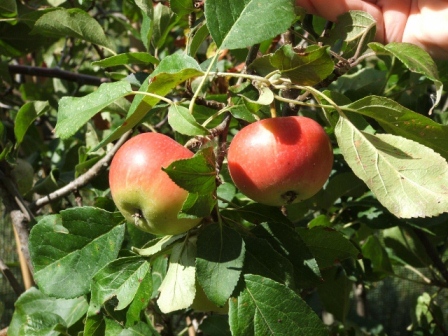
Australia’s arid heartlands, ancient indigenous knowledge, and rising bush food industry have secured its position as the largest and only significant producer of desert apple in the world. From the deserts of the Northern Territory to gourmet kitchens in Sydney and Melbourne, desert apple remains a symbol of resilience, nourishment, and cultural continuity.
As global appreciation for exotic and functional foods grows, desert apple holds untapped potential in health, culinary, and cosmetic markets. By preserving native habitats and honoring indigenous harvesting traditions, this humble desert fruit can carve out a meaningful place on the world stage while celebrating Australia’s rich natural heritage.

